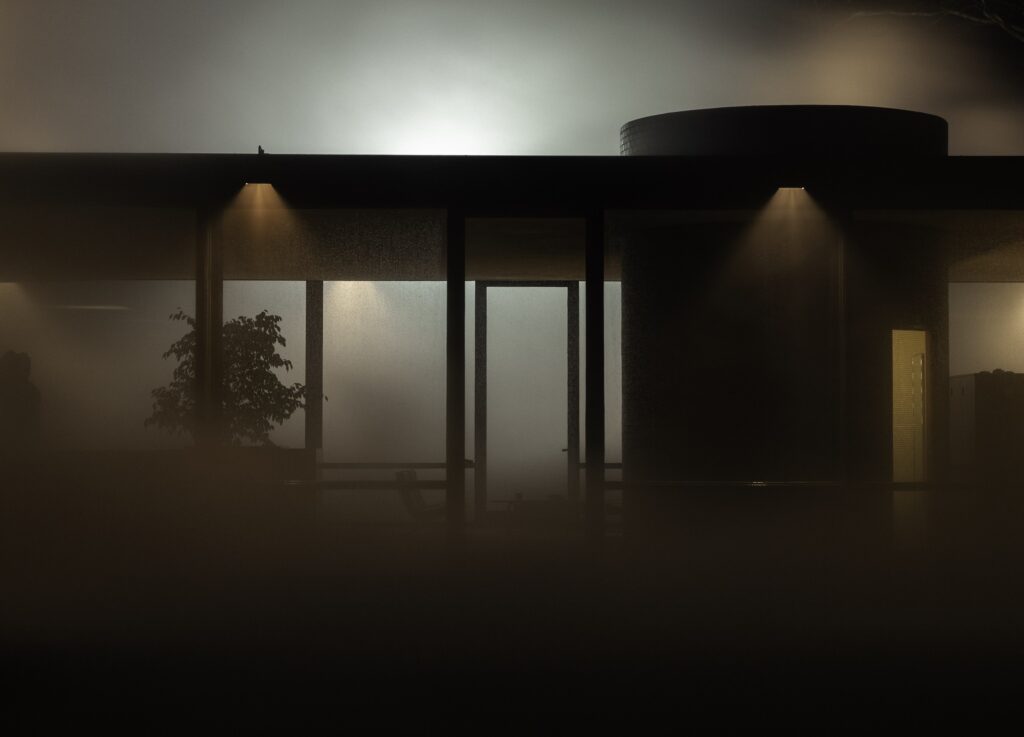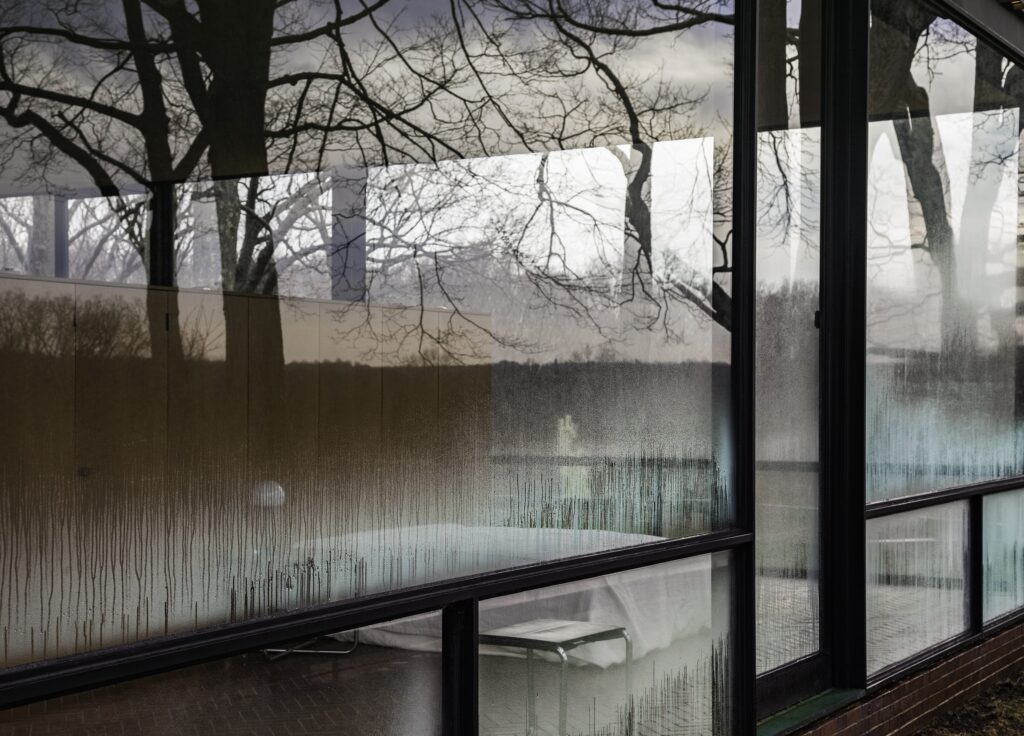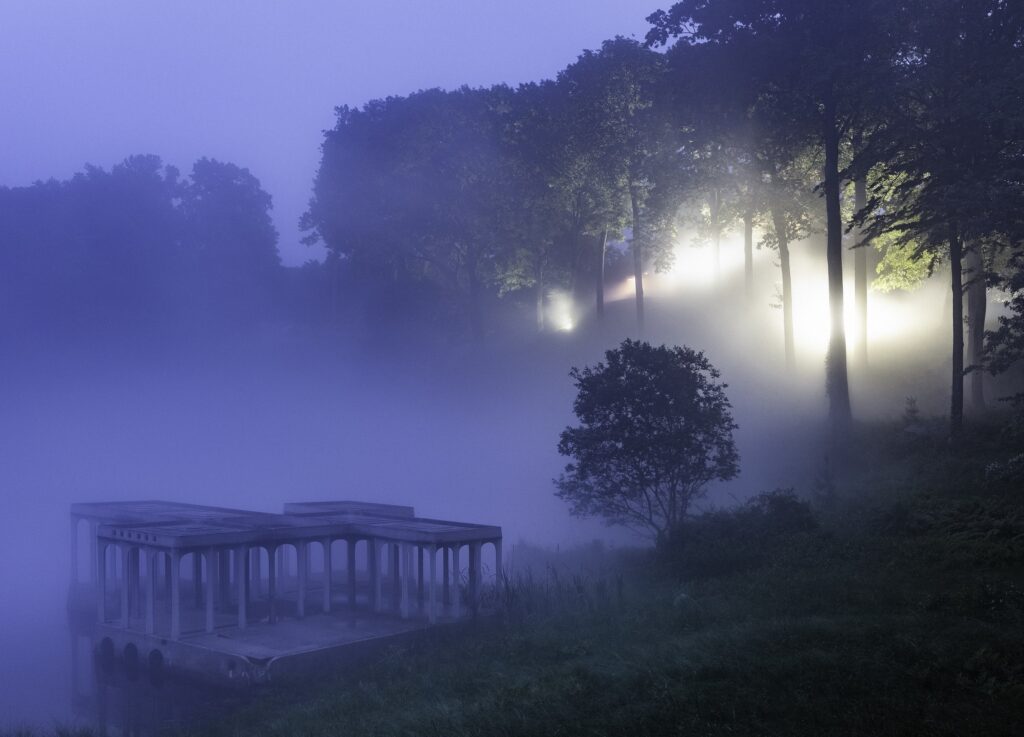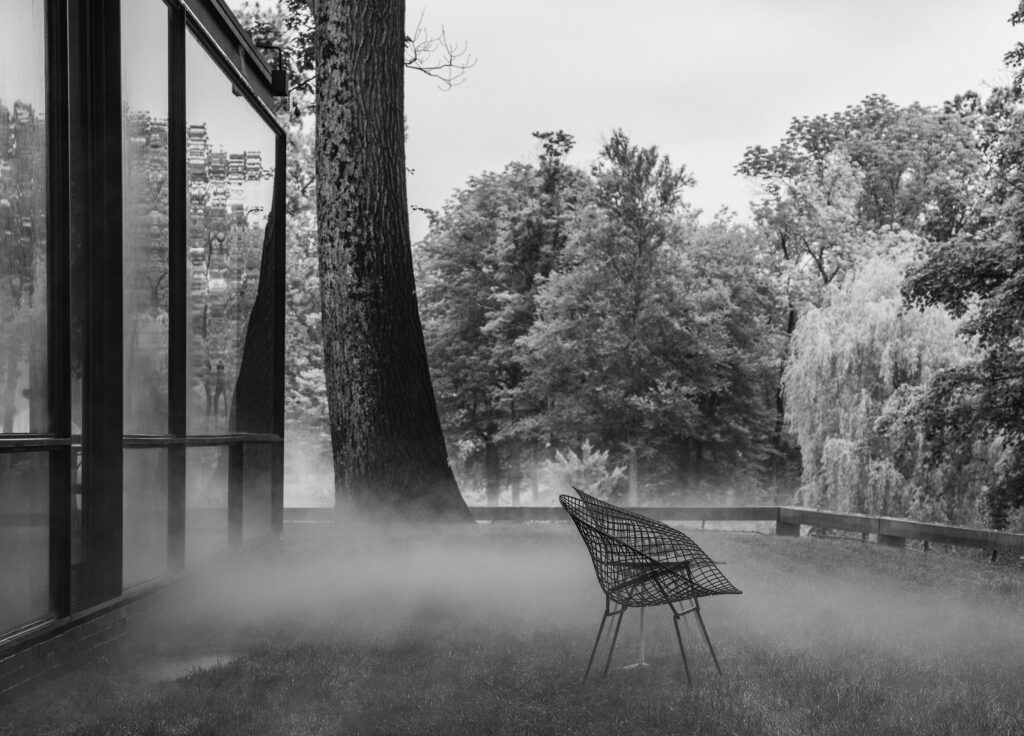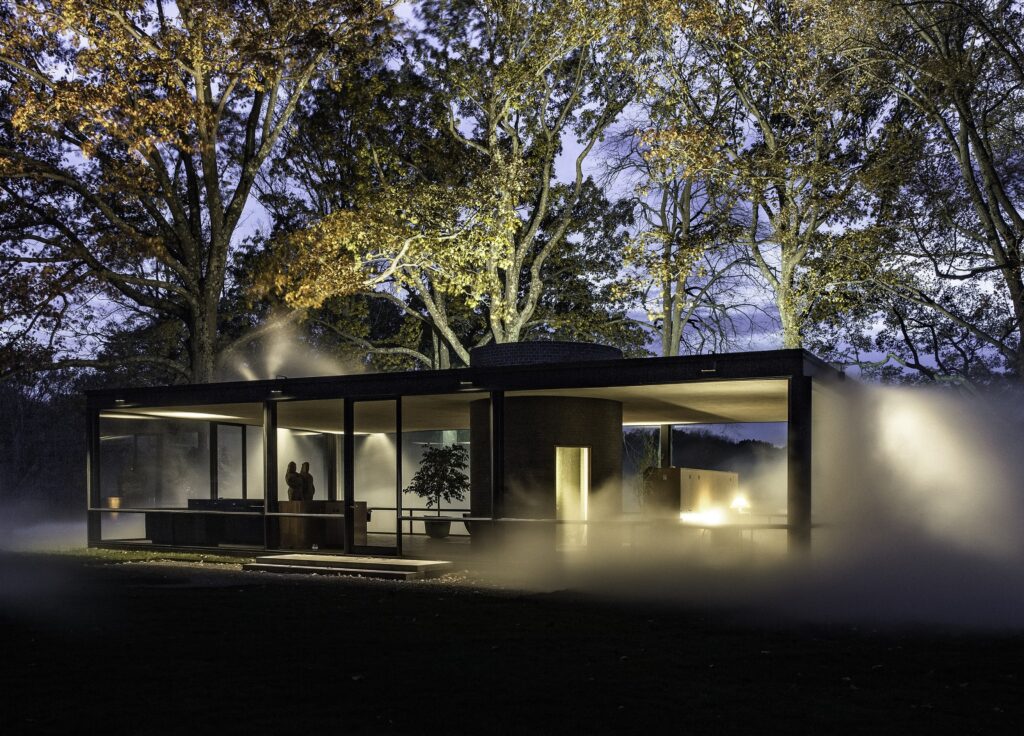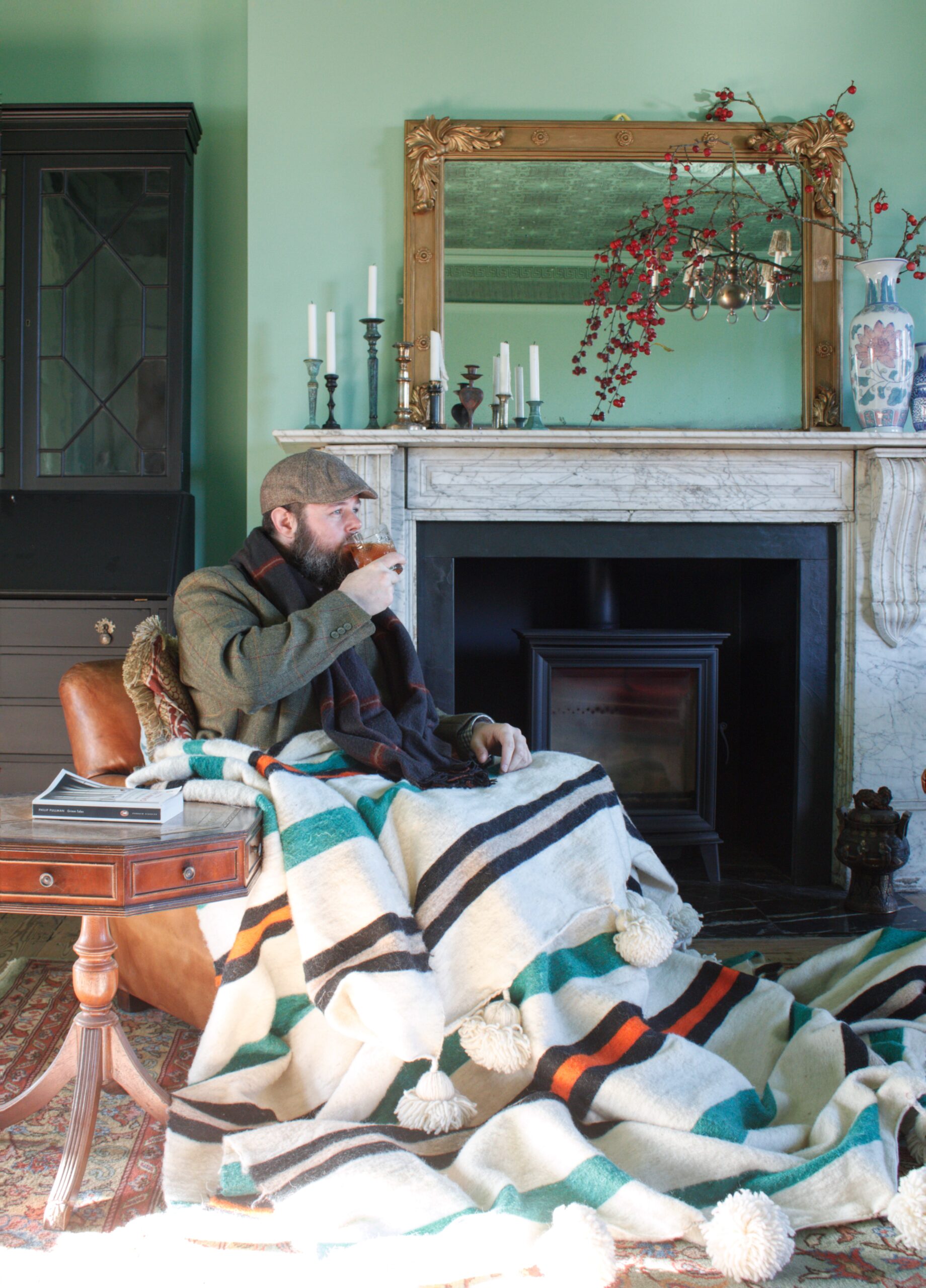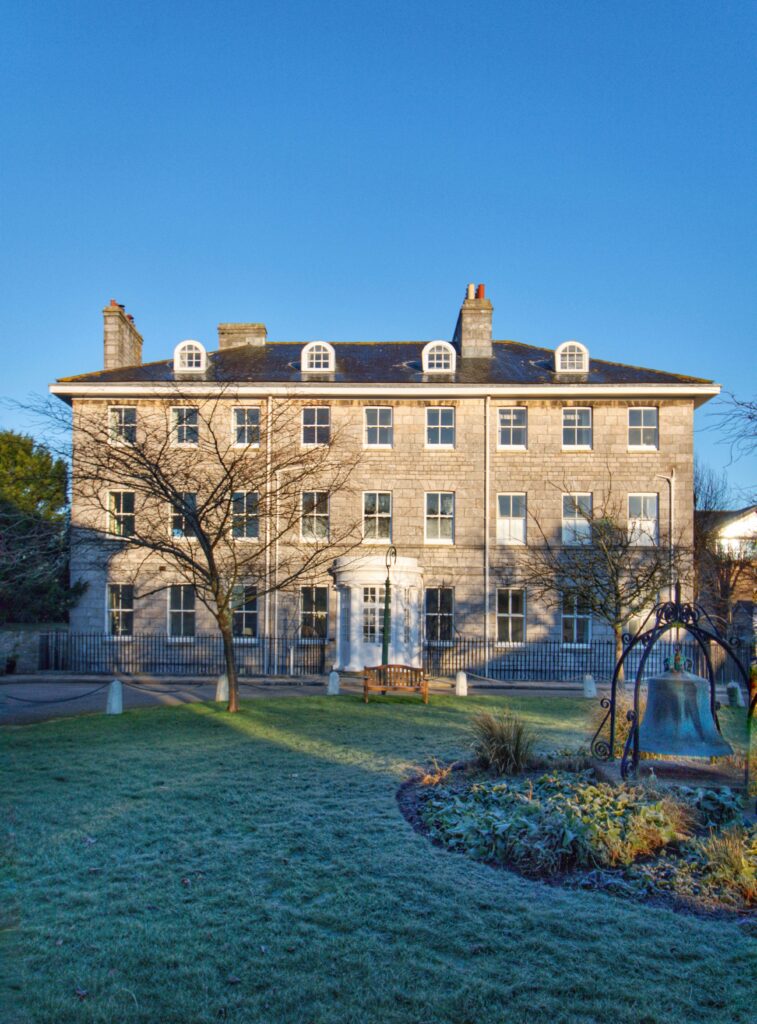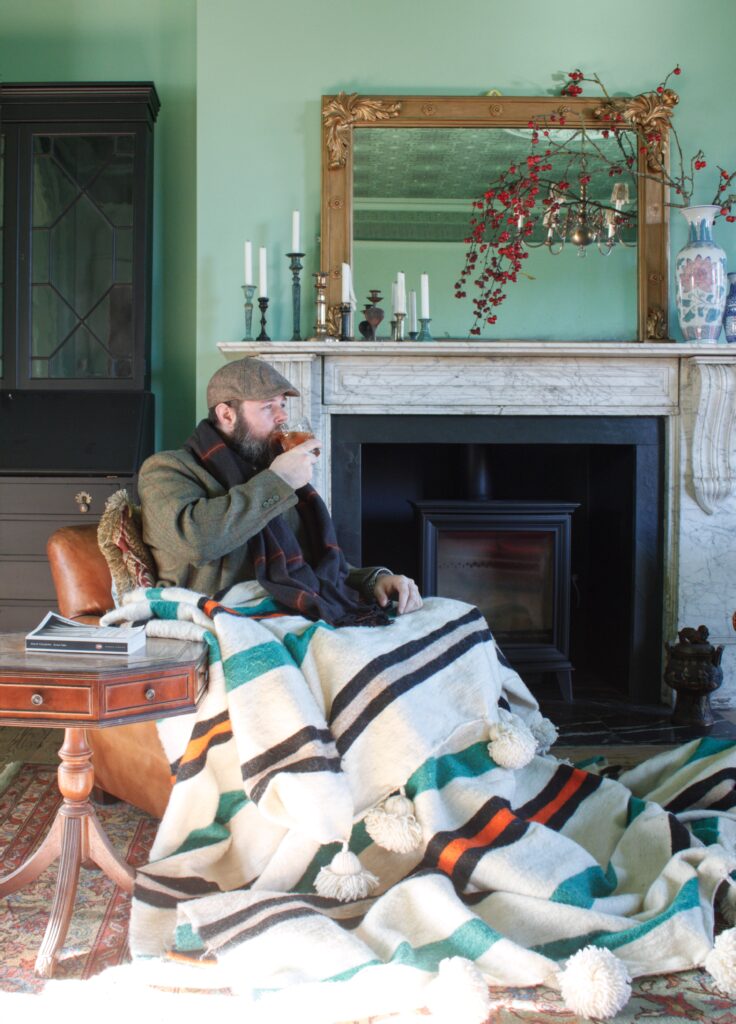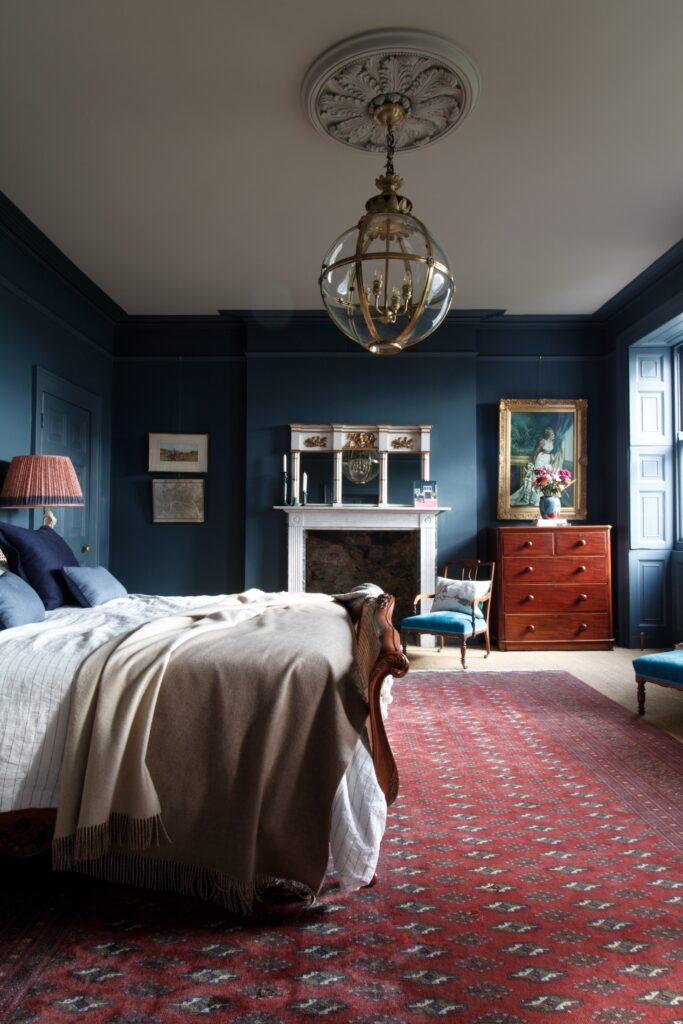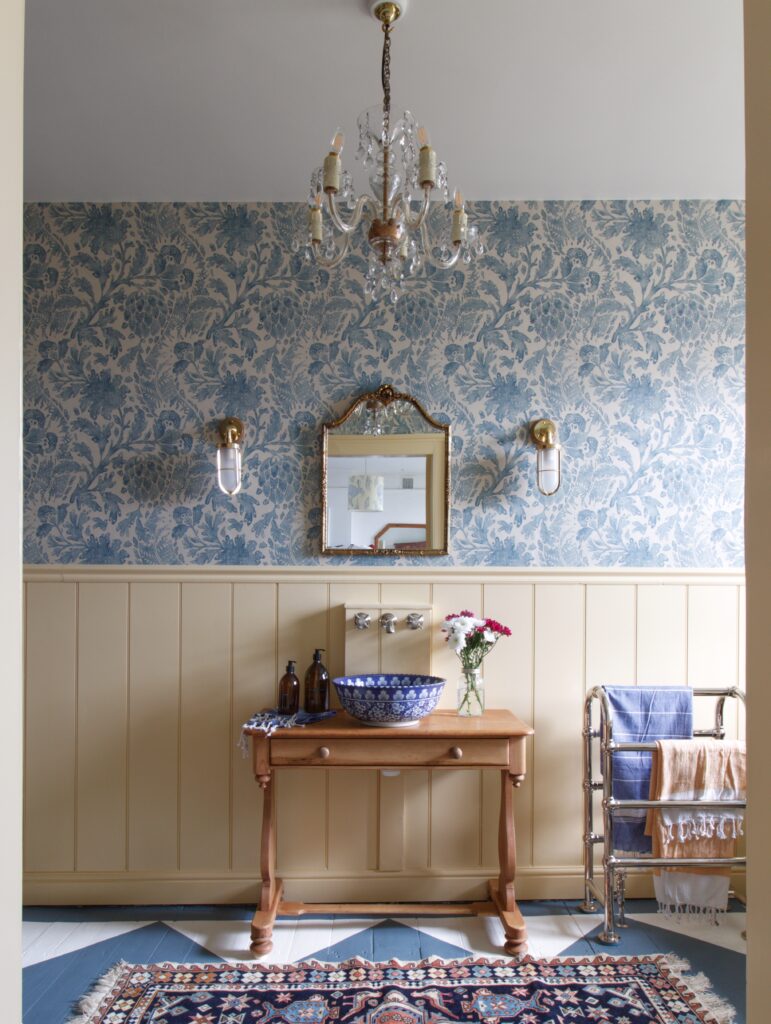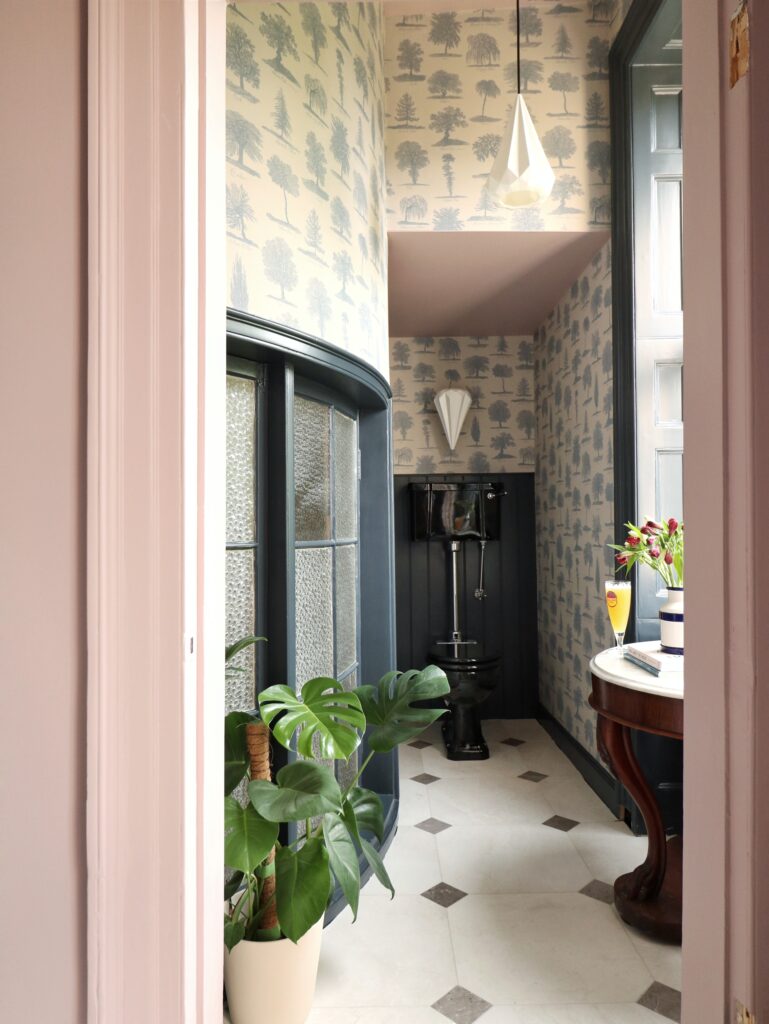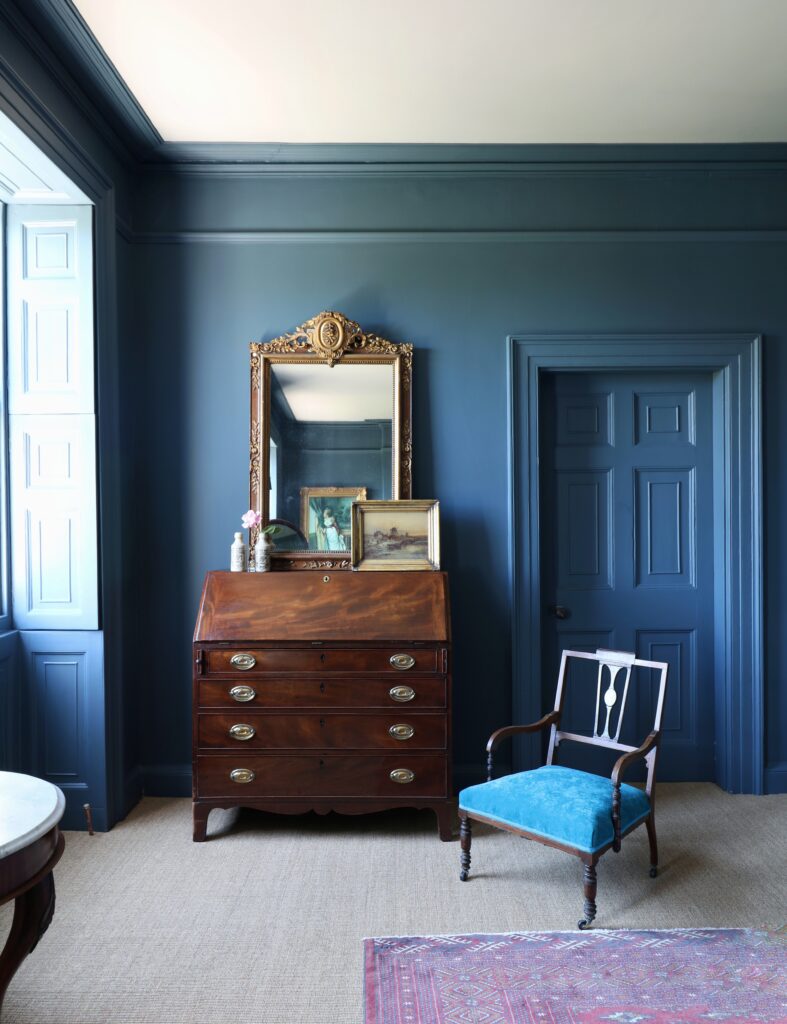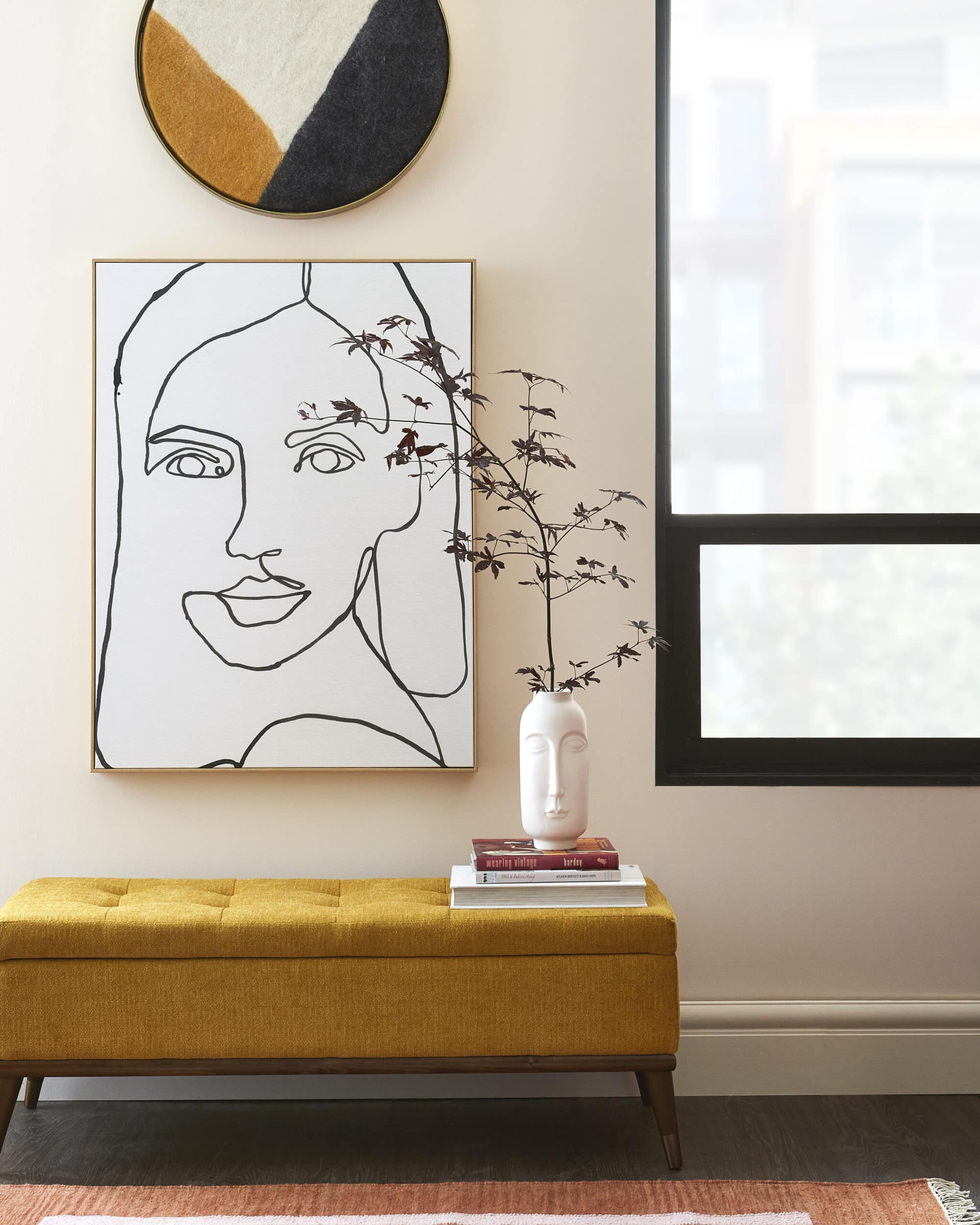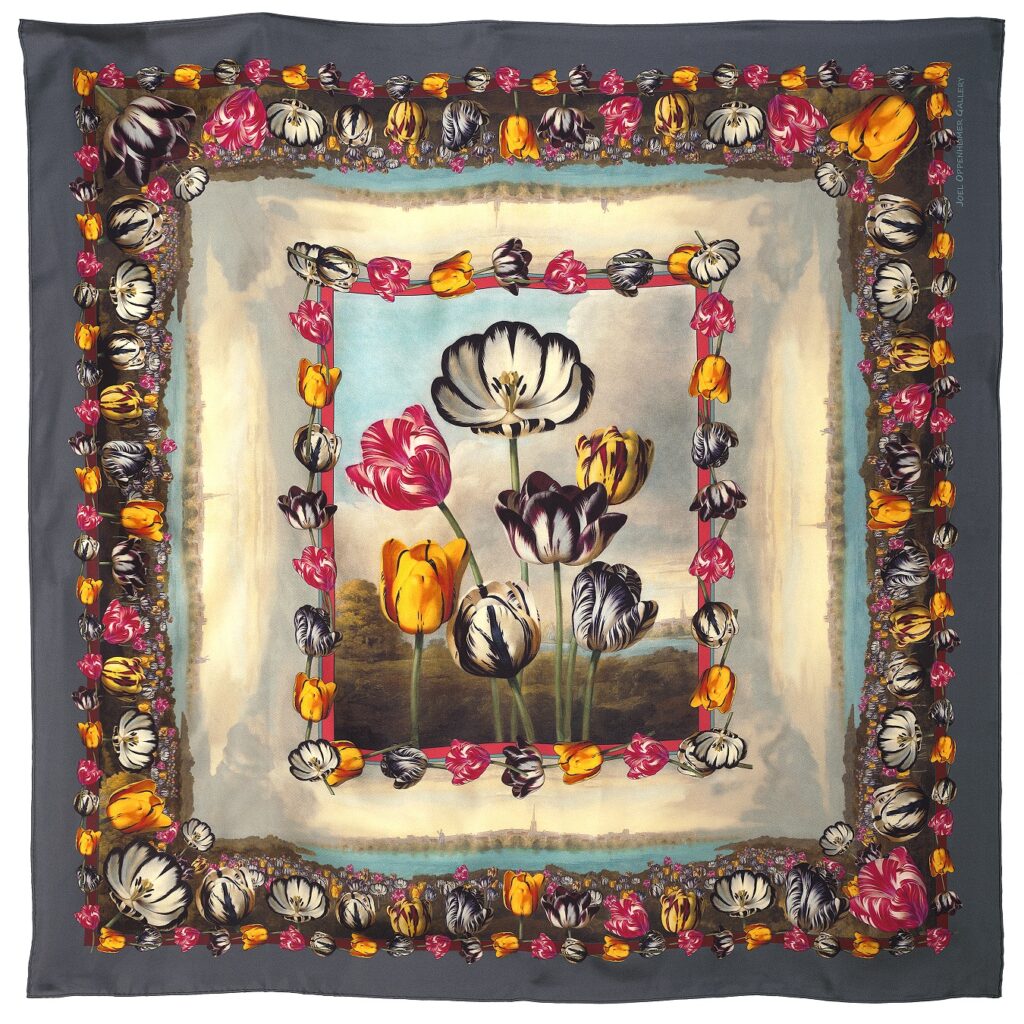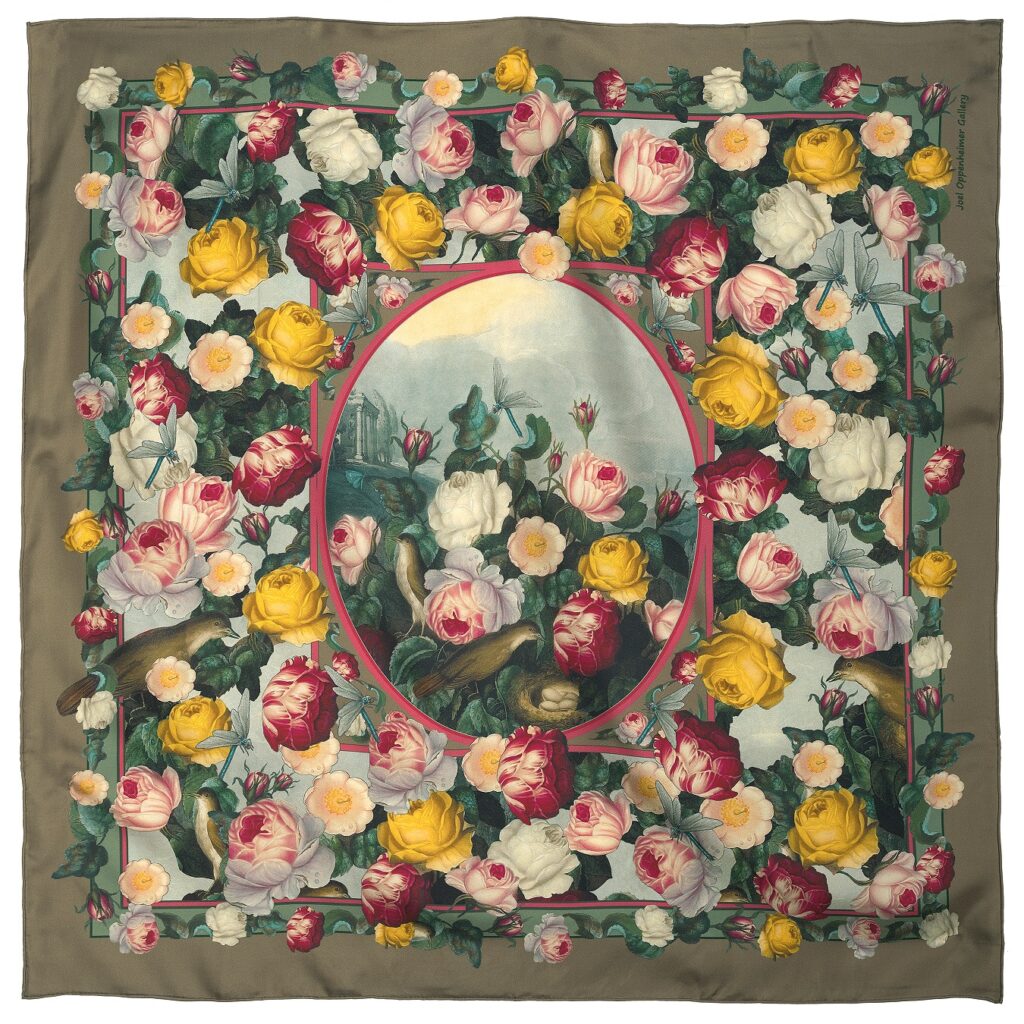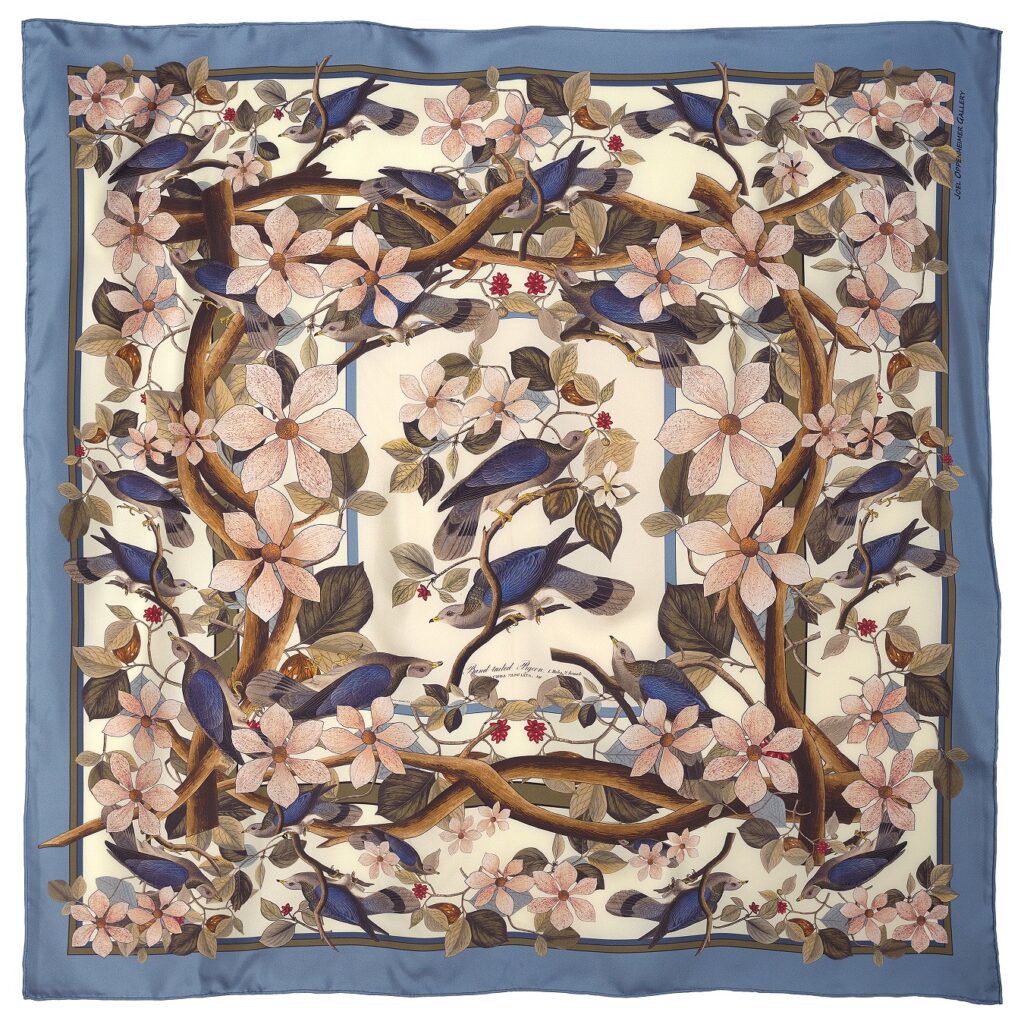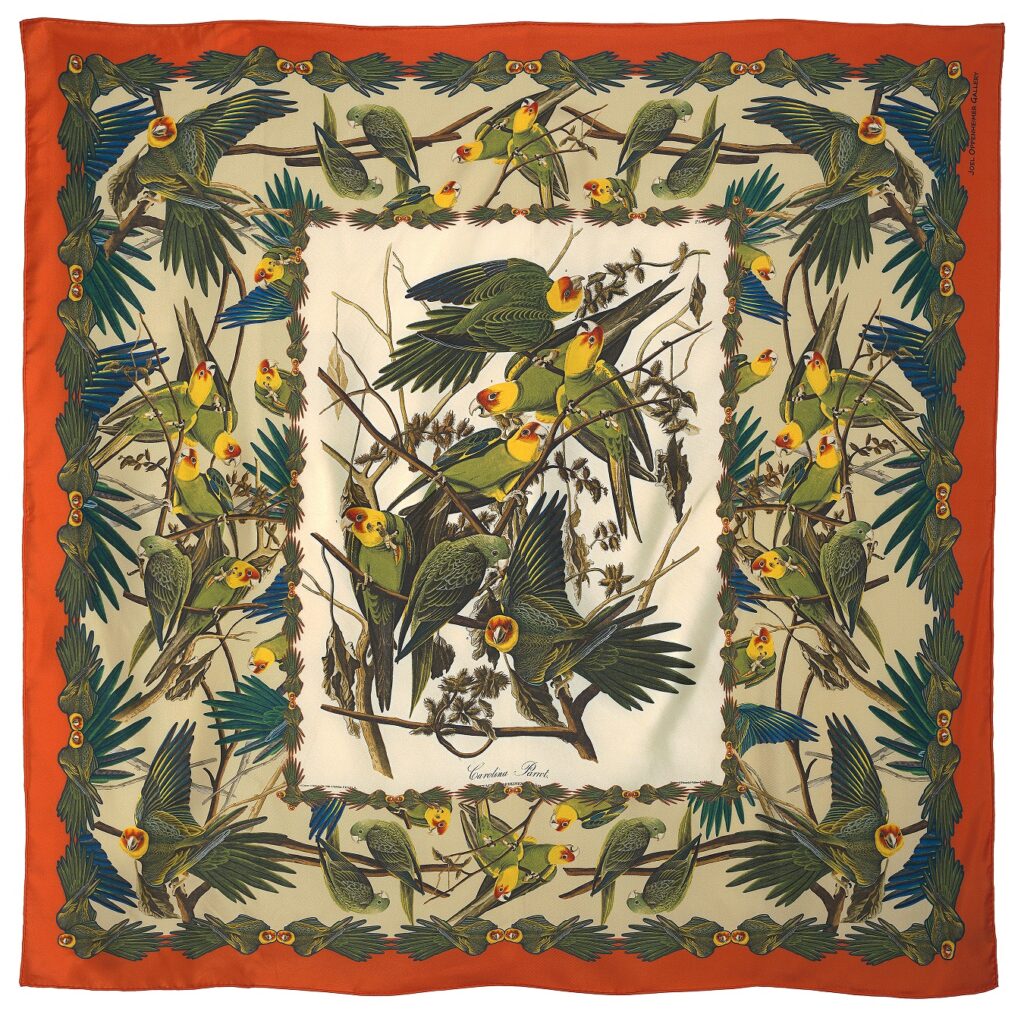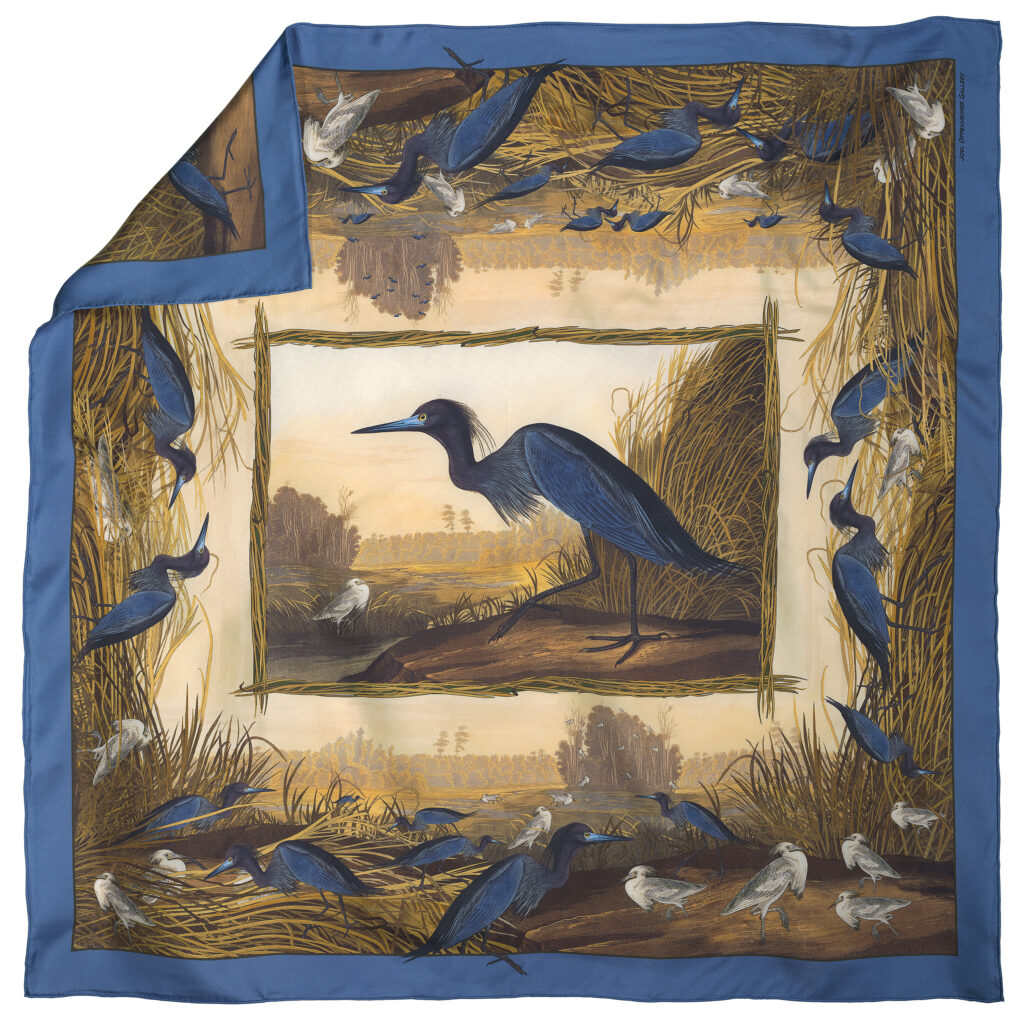I am so awfully glad that out of the 300 or so messages that dropped into my email last week, I opened one from the Bau-Xi Gallery, with news of an exhibit of photographs taken by Richard Barnes of Philip Johnson’s renowned Glass House.
What a fascinating path it took me down.
Here’s the short version. And in case you think this is some kind of hoity-toity insider art piece, it’s not. I’m learning a lot of this for the first time, and I’d never hear of Fujiko Nakaya, the Japanese artist mentioned below.
The Glass House is seen as a monument to modernist design, and marks the first application of the international style to residential architecture (it was designed between 1945 and 1948). As you can guess, there’s been lots of chatter over the decades about what a transparent house says-about the separation of humans from nature and each other, about privacy, about barriers, and about the interaction between people and their interior environment.
Barnes was commissioned to photograph this iconic (an over-used word that’s apt here) in 2014, in conjunction with Japanese artist Fujiko Nakaya creating a site-specific project to mark the house’s 65 anniversary.
Nakaya’s medium? Fog. Yes fog. Fresh water pumped at high pressure through 600 nozzles produced a computer controlled “hydraulic” mist that, according to Nakaya, responded “constantly to its own surroundings, revealing and concealing the features of the environment,” and which made “visible things become invisible and invisible things—like wind — become visible”.
What makes these veiled landscapes even more compelling is the thought that Barnes is capturing fixed (and exquisite) moments of a process that is most certainly changing every few seconds.
Take a look at Barnes’ photos above, and check out my POST Media column on this. Tell me below if you too are glad I opened that email.
Images © Richard Barnes, courtesy of Bau-Xi Gallery.
Established in 1965, Bau-Xi Gallery represents both Canadian and international artists in three art galleries in Toronto and Vancouver.


